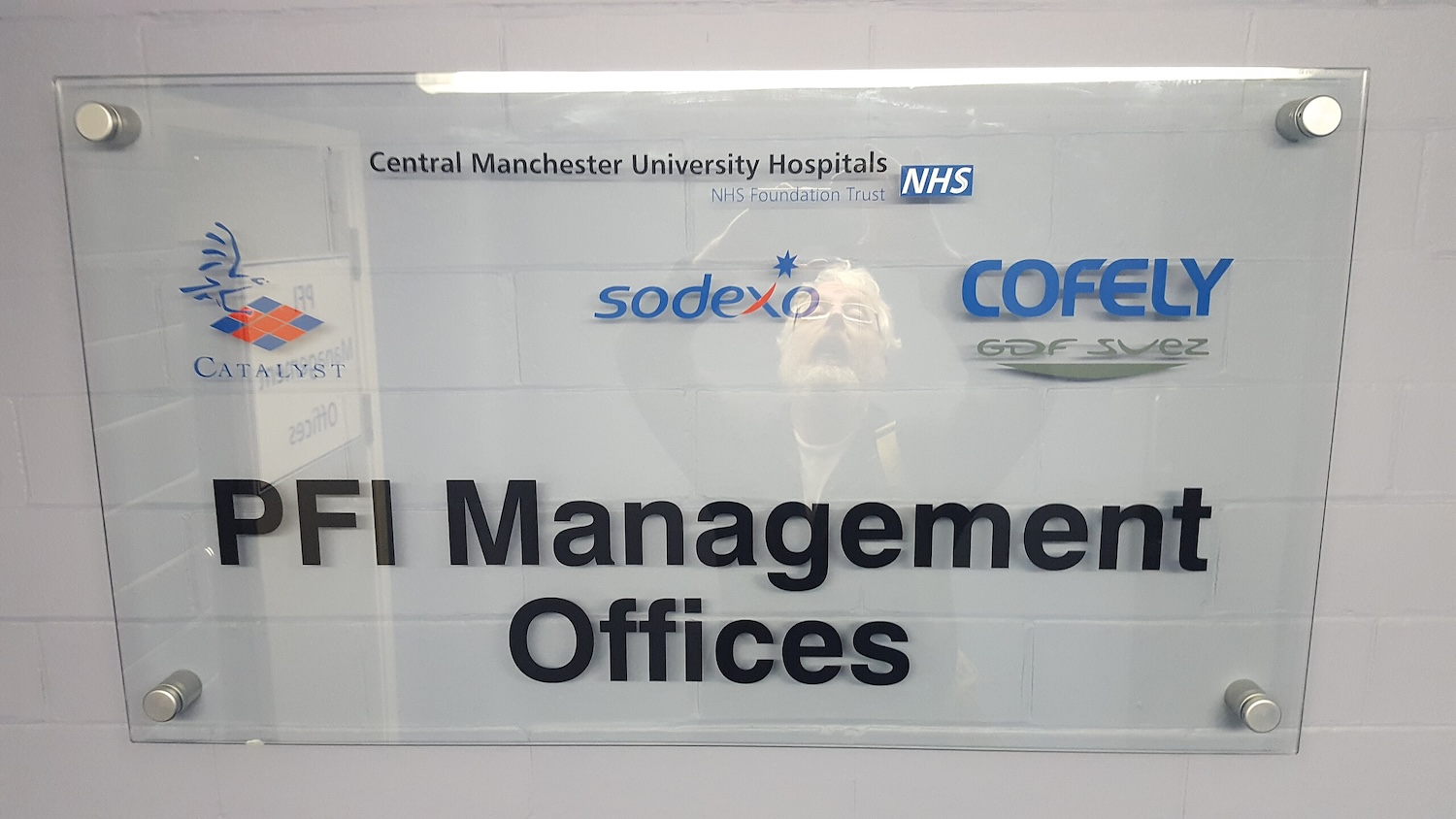
As hundreds of the UK’s PFI contracts approach their expiry dates, the importance of meticulous asset base data management cannot be overstated, explains Sircle director Anthony Walker.
Early preparation; the critical role of base data in ensuring a smooth transition; the essential elements of PFI asset base data; the long-term benefits of updating these records; and how modern tools can enhance the handback process: these are all key elements to successful PFI handbacks.
Introduced in 1992, up to 2018 PFI was a cornerstone of public infrastructure development in the UK. With more than 550 contracts in England and more than 700 in the UK, representing an initial capital expenditure of £46bn and £57bn respectively, PFI contracts have shaped the nation’s schools, hospitals, prisons and other critical infrastructure.
The importance of early preparation
The Infrastructure Projects Authority (IPA) recommends initiating expiry and transition planning at least seven years before the contract end date. This foresight is crucial for several reasons:
- scope delivery – comprehensive asset data enables accurate assessment of contractual obligations;
- programme efficiency – well-organised information streamlines the handback process; and
- cost and data management – detailed asset intelligence helps the management of necessary upgrades or repairs.
As PFI contracts approach their expiry dates, those PFI project companies that manage these contracts and proactively consolidate the base data will be better placed to achieve effective scope delivery, programme efficiency, and cost management, ultimately facilitating a smooth handover to the public sector.

“Time, technological shifts, and incremental changes mean that many original PFI records are now incomplete, outdated or disconnected from current operational realities.”
PFI contracts, once groundbreaking in their approach to infrastructure delivery and management, now stand at a complex intersection of historical documentation, technological advancement, and operational evolution. The PFI handback process is not merely an administrative exercise, but a sophisticated asset intelligence gathering mission that can unlock substantial value for both the public sector taking on the assets and the private sector, which may have a role in providing ongoing maintenance support.
Up-to-date base data matters now more than ever. The documentation accumulated over decades forms the foundational narrative of an asset’s lifecycle. However, time, technological shifts, and incremental changes mean that many original records are now incomplete, outdated or disconnected from current operational realities. This gap presents both a challenge and an unprecedented opportunity for innovation and optimisation.
The essential elements of PFI asset base data
An effective PFI handback strategy revolves around having a robust, verified set of documents (termed ‘base data’), which ensure continued compliance, operational effectiveness and proper maintenance, and that these are made available for an assessment to be carried out. The elements, their minimum contents and assessment criteria are as follows:
- As-built drawings
- Minimum contents:
- drawing register with confirmation of updated changes;
- drawings typically include structural, architectural, mechanical, electrical, external services and works, fire strategy drawings and steelwork fire protection drawings.
- Assessment criteria:
- confirm existence of contractually required drawings;
- sample check; and
- verify drawings reflect current room layouts.
- Minimum contents:
- O&M manuals
- Minimum contents:
- full copy of O&M manuals;
- confirmation of up-to-date status; and
- incorporation of product information for variations and lifecycle works.
- Assessment Criteria:
- review completeness and up-to-date;
- check for updates related to variations or lifecycle works; and
- verify inclusion of Health and Safety File information if applicable.
- Minimum contents:
- Schedule of accommodation
- Minimum contents:
- Current and accurate schedule using appropriate room numbering system.
- Typically includes:
- architectural room and confirmed location references;
- departmental location (if applicable);
- floor area m2; and
- function type.
- Assessment criteria:
- check percentage of rooms for compliance; and
- verify room presence, correct numbering, and updated variations.
- Room data sheets
- Minimum contents:
- current and accurate set of room data sheets (if required); and
- use agreed room numbering system
- Assessment criteria:
- check percentage of rooms for compliance; and
- verify alignment between room data sheet contents and actual room.
- Minimum contents:
- PPM tasks
- Minimum contents:
- details of current PPM regime; and
- information on how PPM tasks link to asset register.
- Assessment criteria:
- sample audit of PPM tasks;
- check compliance with PPM regime and good industry practice; and
- assess effectiveness of PPM regime for building fabric and M&E assets.
- Minimum contents:
- Asset register
- Minimum contents:
- current and accurate asset register; and
- details of checks performed to confirm accuracy.
- Assessment criteria:
- sample audit against installed assets; and
- assess accuracy and completeness.
- Minimum contents:
- PPM records and statutory inspections
- Minimum contents:
- test certificates and documentation for Asset Compliance Checklist.
- Assessment criteria:
- review provided documentation.
- Minimum contents:
- Equipment lists
- Minimum contents:
- current equipment list (if not in Asset Register); and
- confirmation of agreement with authority.
- Assessment criteria:
- sample review of equipment; and
- verify physical presence, correct quantity, and working condition.
- Minimum contents:
- Environmental conditions records
- Minimum Contents:
- evidence of achieving environmental performance standards;
- may include BMS system data, lighting lux level checks, domestic hot water checks, mechanical ventilation flow rates, etc.
- Assessment criteria:
- level of validation determined by appointing parties; and
- consider factors like asset complexity, data quality, and historical issues.
- Minimum Contents:
- Variations log
- If requested, access should be provided by project company to a full list of authorised contract variations.
- Additional base data required
- Condition appraisals;
- fire strategy; and
- fire safety documentation.
- Information to be available
- Reactive maintenance reports for trend analysis:
- access to help desk records and FM company maintenance reports should be provided if requested by the appointed surveyors.
- Contract additional information:
- annual and five-year maintenance plans; and
- project agreement and schedules.
- Reactive maintenance reports for trend analysis:
Long-term benefits of updating base data
Despite being signed decades ago, updating PFI contract data now opens doors to long-term benefits for all parties involved. The investment in quality data fosters a transition that supports improved scope delivery, streamlined programme scheduling and overall cost-efficiency.
By embracing technology and modern compliance standards, PFI project companies can enhance legacy infrastructures with sustainable value.
Enhanced scope delivery and programme efficiency
An accurate data set enables the public sector to seamlessly assume control of facilities, confident in the knowledge that records reflect the true operational status. This clarity allows for smooth decision-making around future expansions or renovations, minimising disruptions and avoiding duplicated efforts.
Cost benefits and value optimisation
An optimised base data set also drives cost-effectiveness. By addressing issues proactively and using the trends gathered through reactive maintenance reports, both sides can prevent inflated repair costs. Additionally, avoiding unplanned remedial actions further helps control costs
Future-proofing infrastructure through innovation
Integrating modern standards and tools, such as digital asset management systems, BIM, Scan2BIM, IoT sensors and advanced data analytics, can transform this documentation process from a retrospective exercise into a forward-looking strategic initiative.
These innovations enable sustainable asset management and lay a foundation for continuous improvement, even beyond the handback phase
More than just contractual obligation
The process of updating PFI asset base data is more than just a contractual obligation: it’s an opportunity to add value, improve efficiency, and ensure a smooth transition at contract expiry. By approaching this task with diligence and an eye for innovation, PFI project companies can not only meet their contractual requirements, but potentially uncover significant benefits for all parties involved.
For PFI project companies, the forthcoming handback phase is an opportunity to reinforce their commitment to asset quality and set a robust foundation for the facility’s future. Ensuring the accuracy, completeness and relevance of base data not only mitigates risks during the transition, it also unlocks added value, cost savings and programmatic benefits.
By adopting a proactive and collaborative approach to data management, PFI stakeholders can ensure a successful and seamless expiry, delivering long-term benefits for public sector services.
Don’t miss out on BIM and digital construction news: sign up to receive the BIMplus newsletter.












